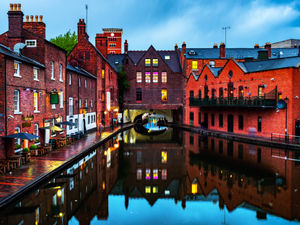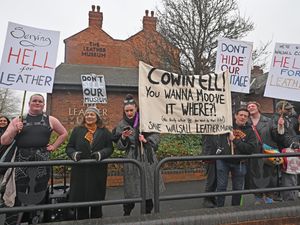Shropshire's lost country house gems and splendid survivors
A masterpiece, a magnum opus, a heavyweight book with the calibre of an artillery shell...
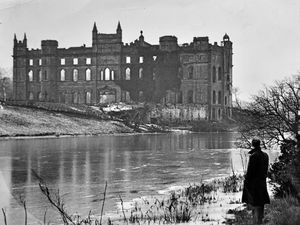
Many years of research have reached fruition for Gareth Williams with his massive 750-page tome 'The Country Houses of Shropshire'.
And it's a topic about which he has lots of close-quarters experience, as he is curator and head of learning to the Weston Park Foundation. Indeed, his next project is a book about Weston Park, historically the ancestral seat of the Earls of Bradford on the Shropshire-Staffordshire border.
For generations these grand houses were the homes of some of the most prominent Shropshire families, and in some cases still are, but sadly changing times have also seen many architectural and historical treasures lost.
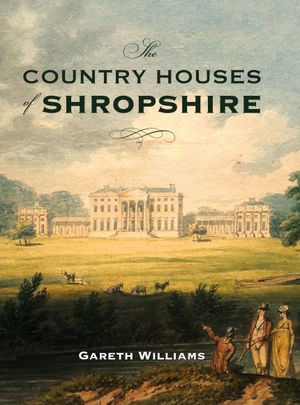
"Although pressures still remain, the country house in Shropshire has enjoyed, as elsewhere, if not a complete renaissance, then something of a reprieve aided by a better, if not wholly sympathetic, understanding of what a country house is and how it contributes economically and culturally," says Gareth.
So we asked him to pick out a top five of the worst losses to the county, and to choose his favourite five survivors.
Most grievous losses:

Adderley Hall:
Gareth says: "An important Victorian house by George Devey, the park for which still causes the Market Drayton to Audlem road to take a broad swerve around the house site.
"Its loss, like so many lost houses, causes many questions to be asked – not least as to whether an amazing formal garden, depicted in a painting that is now in Virginia Museum of Art, USA, really was full of classical sculpture."
Fate: Demolished 1955.

Badger Hall:
"An early Georgian house that was given a series of suave neo-classical interiors by the architect James Wyatt for the owner of Shropshire's Old Park Ironworks, Isaac Hawkins Brown. Badger, in the late 19th century, contained one of the most remarkable collections of Renaissance art collected by the Cheney brothers.
"Had it survived intact, it would have been one of the most important treasure houses in Britain."
Fate: Demolished 1952-53.
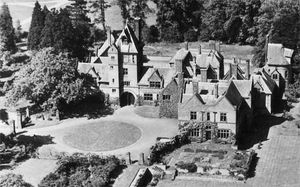
Cloverley Hall:
"As designed by William Eden Nesfield, the perfect, confident 1860s country house of the highest quality, with stone carvings by James Forsyth, stained glass by Heaton, Butler & Bayne, and decorative paintings by Albert Moore.
"Cloverley's design having appeared in C L Eastlake's History of the Gothic Revival (1872) made it massively influential, with buildings in America inspired by its form and details."
Fate: Main block demolished 1926.
Park Hall:
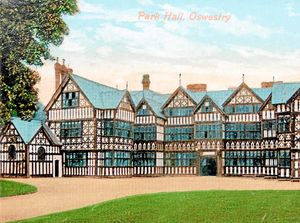
"Lost to fire in 1918, but a truly sensational timber-framed house of the late 16th century that preserved a series of original interiors, with panelling and plasterwork and a very good oak staircase.
"The house's loss, early in the 20th century, has meant that it has been largely forgotten."
Fate: Accidentally burned down while occupied by the Army on Boxing Day, 1918.
Tong Castle:
"Probably the most visited Capability Brown park in Britain, since the M54 motorway thunders directly over the house's site!
"Tong Castle was a genuine medieval castle, reinvented as a Tudor mansion, and then in the 1760s re-fronted and given a dome-crested roofline by Capability Brown, while the interiors dripped with rococo plasterwork of the finest quality."
Fate: Lay ruinous for decades, then deliberately blown up on July 18, 1954.
Favourite surviving country houses:
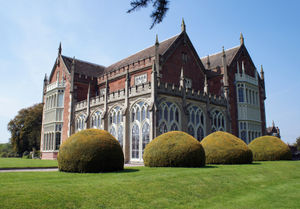
Longner Hall:
"A jewel-like Tudor Gothic house by the Prince Regent's favourite architect, John Nash, which retains its original interiors and is set above the River Severn in a beautiful park designed by Humphry Repton."

Millichope Park:
"A tour-de-force of Greek Revival architecture by Shrewsbury's own architect Edward Haycock the elder, which perfectly showcases the use of Grinshill stone, and is set in one of the most picturesque of landscape gardens that is still being developed by its present owners."
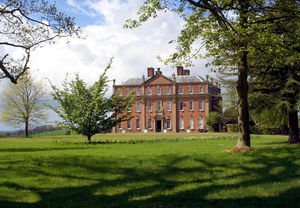
Mawley Hall:
"The most exceptional early Georgian baroque house; the perfect dolls house on the outside, yet with one of the very finest interiors anywhere in the world – a magical demonstration of excellence in plasterwork, wood carving and inlay, which is used to show off the heraldry and Catholic faith of the Blount family who built it."
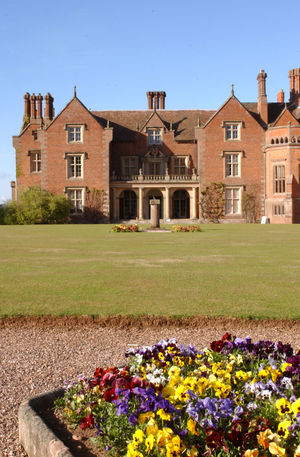
Loton Park:
"A beguiling Janus-like house with jolly Tudor style south front and a serious early Georgian baroque north front, which champions the illustrious ancestry of the Leighton family who are still the custodians of this great Shropshire house."
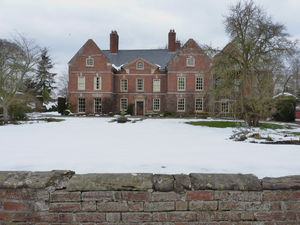
Whitton Hall:
"The perfect gabled manor house, with wonderful Georgian facades and interiors, wholly unspoiled and set in a pretty garden with a plump round dovecot, and a Jersey herd that animate the surrounding meadows."
'The Country Houses of Shropshire' is published by The Boydell Press and signed copies at a discount price of £85 (recommended retail price is £95) are available from Millard & Lancaster, 18 St Mary's Street, Shrewsbury.

